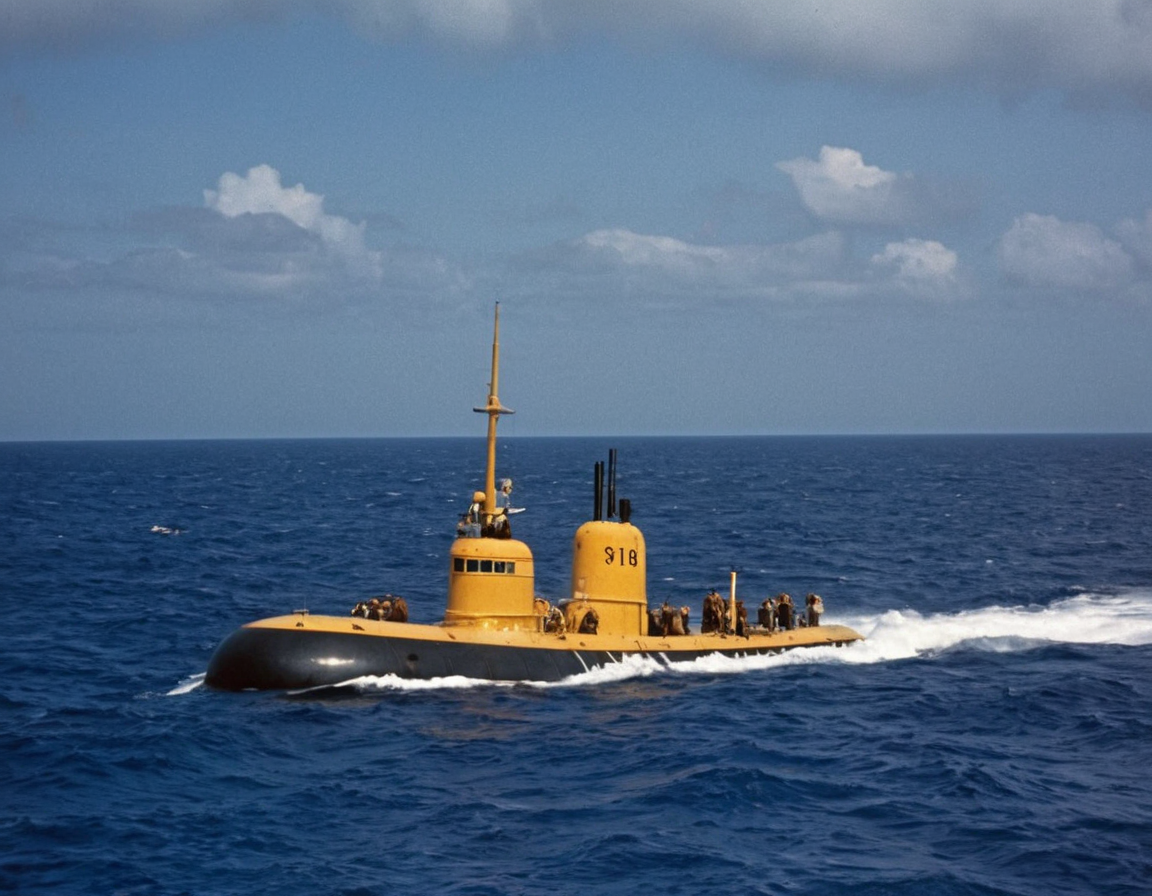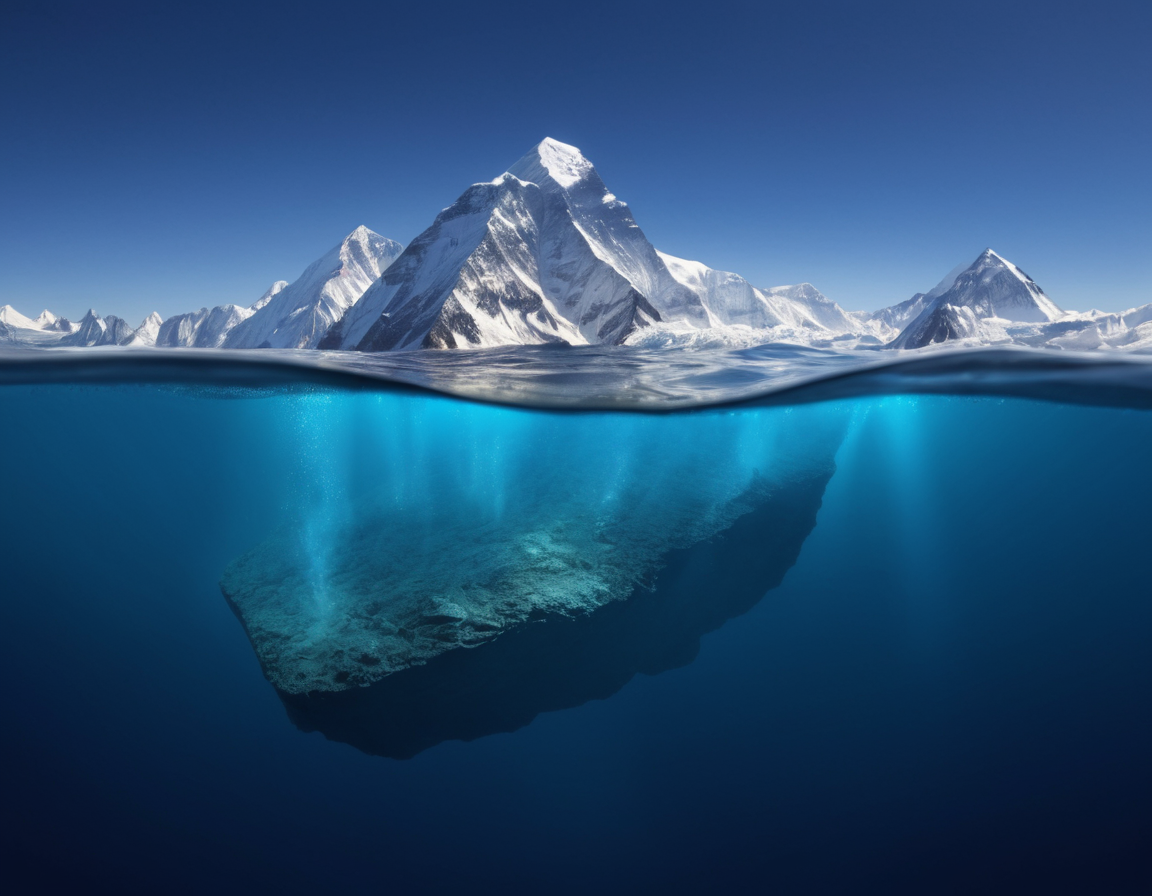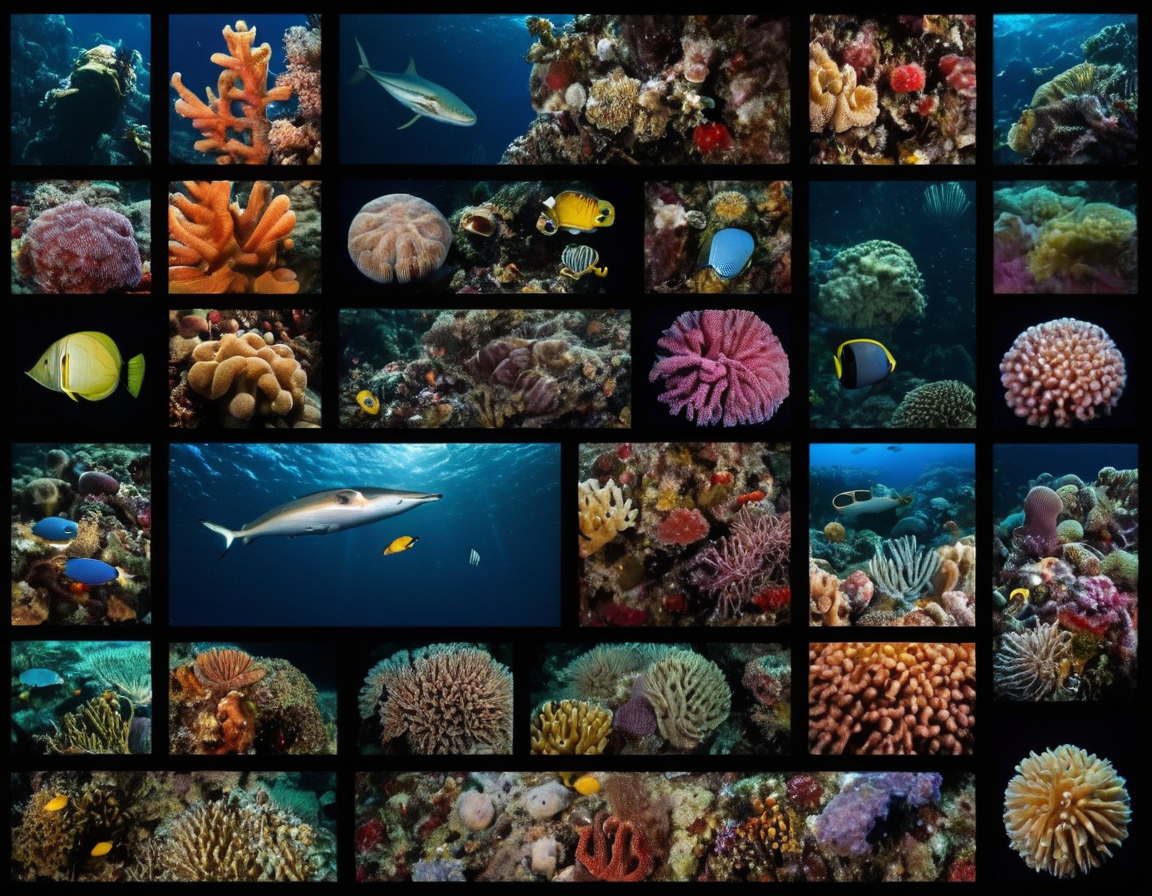Exploring the Deep Sea: The Mysteries of the Mariana Trench
Unveiling the Secrets of the Mariana Trench
The Mariana Trench is one of the most enigmatic and least explored places on Earth. Located in the western Pacific Ocean, it represents the deepest part of the world’s oceans. In this post, we’ll venture into the abyss to uncover the mysteries of this underwater marvel.
Discovery and Exploration
The Mariana Trench was first discovered by the British survey ship HMS Challenger in 1875. It wasn’t until 1960 that humans first reached its deepest point, known as the Challenger Deep, aboard the submersible Trieste. Since then, technological advancements have allowed for more sophisticated explorations, though the trench remains largely mysterious.

The Trench’s Geography and Depth
The trench is crescent-shaped and extends for about 2,550 kilometers (1,580 miles), with an average width of 69 kilometers (43 miles). At its deepest, the Challenger Deep reaches an astonishing depth of nearly 11 kilometers (about 7 miles). This makes it deeper than Mount Everest is tall!

Life in the Depths
Despite the extreme pressures and darkness, the Mariana Trench is home to a variety of life forms. Microorganisms are abundant, as are various species of fish, crustaceans, and other deep-sea creatures that have adapted to this unique environment.
Challenges of Deep-Sea Research
Exploring the Mariana Trench is fraught with challenges. The immense pressure at such depths can crush conventional submarine hulls, while the lack of light requires the use of specialized equipment to capture images and data.
The Trench’s Role in Science
The trench provides scientists with a window into Earth’s geological processes, such as plate tectonics and the cycle of life at extreme depths. It also offers a natural laboratory for studying the limits of life on Earth, which could have implications for our search for life elsewhere in the universe.
Conservation Efforts
Due to its remoteness and depth, the Mariana Trench is relatively untouched by human activity. However, deep-sea mining and other industrial activities pose potential threats to the trench’s unique ecosystem. There are ongoing efforts to protect this part of the ocean and ensure that its secrets can continue to be studied for years to come.

Conclusion
The Mariana Trench remains one of the last uncharted territories on our planet. As technology progresses, we can look forward to unveiling more of its secrets. For now, this magnificent undersea landscape continues to captivate the imaginations of scientists and explorers alike.
Delving into the depths of the Mariana Trench is like exploring another world. With each new expedition, we learn more about our planet and the incredible resilience of life. The trench reminds us of the vastness of the unknown and the limitless potential for discovery that lies beneath the waves.






